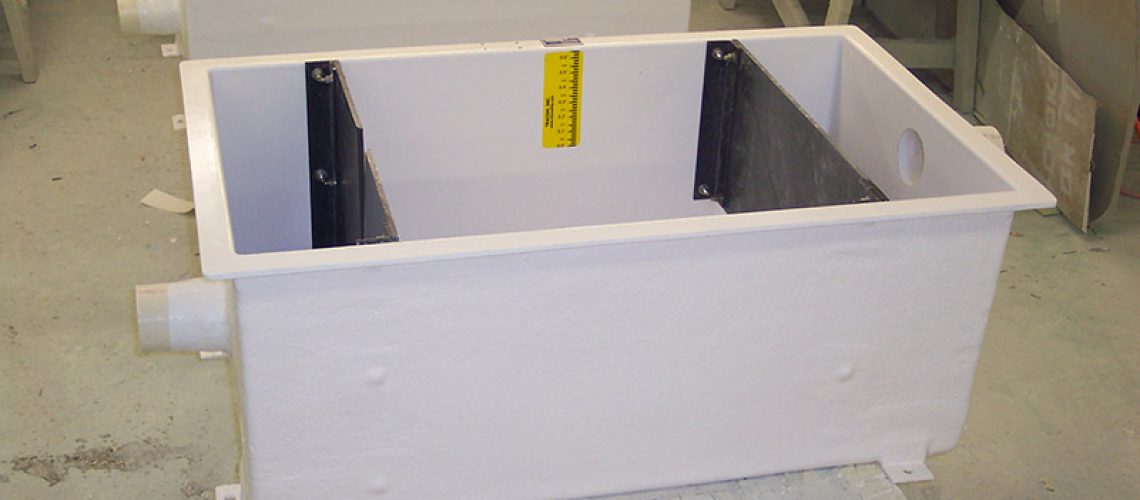Implementing a weir box into your flow channel is one of the best ways to get flow rate measurements, especially if you’re dealing with low-volume flows and are looking for accuracy that’s as precise as possible. Unfortunately, quite a few issues can arise when using weir boxes that you’ll need to watch out for. Here are the most common problems with weir flows.
Poor Approach Conditions
Much like flumes, weir boxes require specific approach conditions in order to offer accurate measurements. Unlike flumes, however, weir boxes need to have entire weir pools upstream to ensure they function correctly. Not only does that require a lot of space, but the flow itself has to be conditioned properly. Generally, the weir pool must have a uniform cross-section that can support 20 times the maximum anticipated head and be at least twice as wide on either side of the crest level. That’s the only way to maintain a proper approach velocity profile.
Bad Installation
Installation is one of the most important aspects of any flow rate measurement device whether it’s a weir or a flume. It’s also one of the most common sources of error. If your weir isn’t installed correctly, all of your measurements are going to be fundamentally thrown off. All weirs need to be mounted in a way that the crest is centered within the channel. It must also be vertically plumb and level from side to side. Without meeting those strict specifications, your weir won’t offer the best accuracy available. Depending on the degree of error, the accuracy could be altered so significantly that the weir is functionally useless.
Crest Degradation
The crest of a weir is one of the most important aspects of the entire device. It’s what allows the weir to function and aerates the flow. To keep your weir functioning properly, the crest must be maintained. That means making sure it doesn’t suffer any serious nicks and abrasions. Additionally, the crest has to be relatively sharp. It doesn’t need to be as sharp as a knife, but the crest getting rounded won’t allow the flow to pass through properly. Of course, any trash or debris accumulating around the crest needs to be removed.
Poor Downstream Conditions
With a weir box, the downstream conditions are just as important as the upstream conditions. Typically, downstream conditions as a concept relevant to weir boxes simply means the water level after the flow passes through the weir. The goal is to make sure that the water level isn’t enough to completely submerge the nappe, or the part of the flow going over the weir crest. If downstream conditions have a water level that’s too high, your weir will be submerged.
Weirs From Tracom
With the common problems with weir flows in mind, you’re ready to make the best out of any weir you get. Tracom can get you set up with everything you need. Our team will work with you to make sure you get the best weir for your unique open channel flow applications even if we have to design and craft it ourselves. Contact us today to get started!



